Kids in Maharashtra—and now California—build mud forts during Diwali in honor of the great warrior’s victories hundreds of years ago
By Sanjeevani Dedge, 12, California
If you ever visit villages in maharash-tra during Diwali, you will see a unique tradition as part of the festival celebrations: mud forts made by children in alleys, against walls, in front and backyards.
Actual forts themselves in India date back 2,000 years and were a core part of building empires and kingdoms. However, it is said that the tradition of creating small mud forts on Diwali originated about 350 years ago from a bold and powerful king named Chatrapati Shivaji Maharaj.
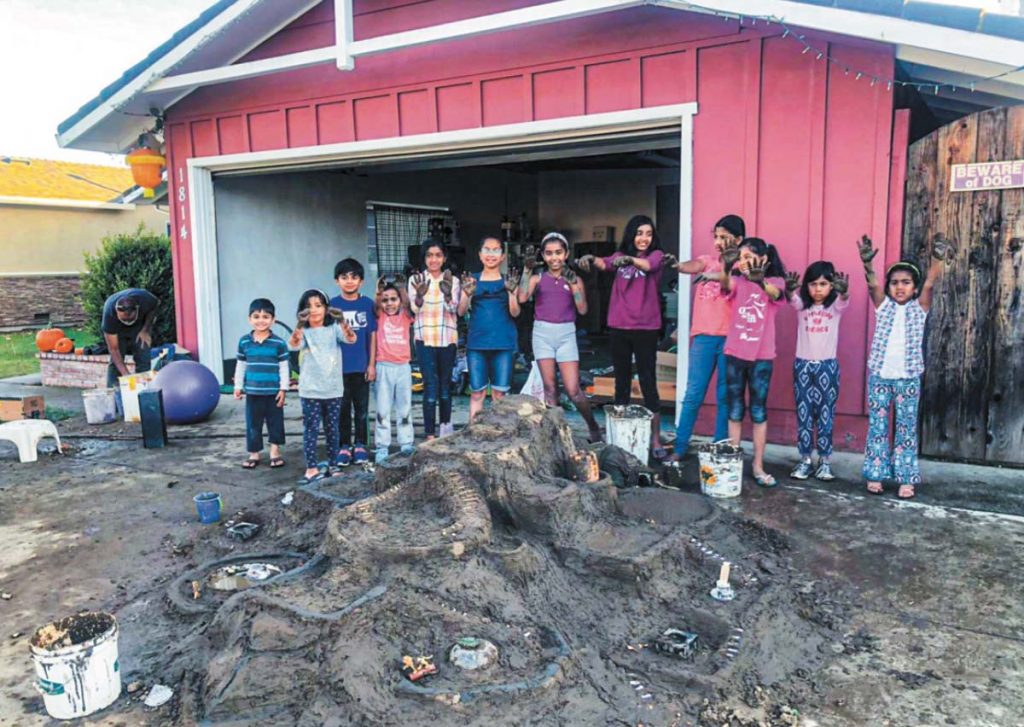
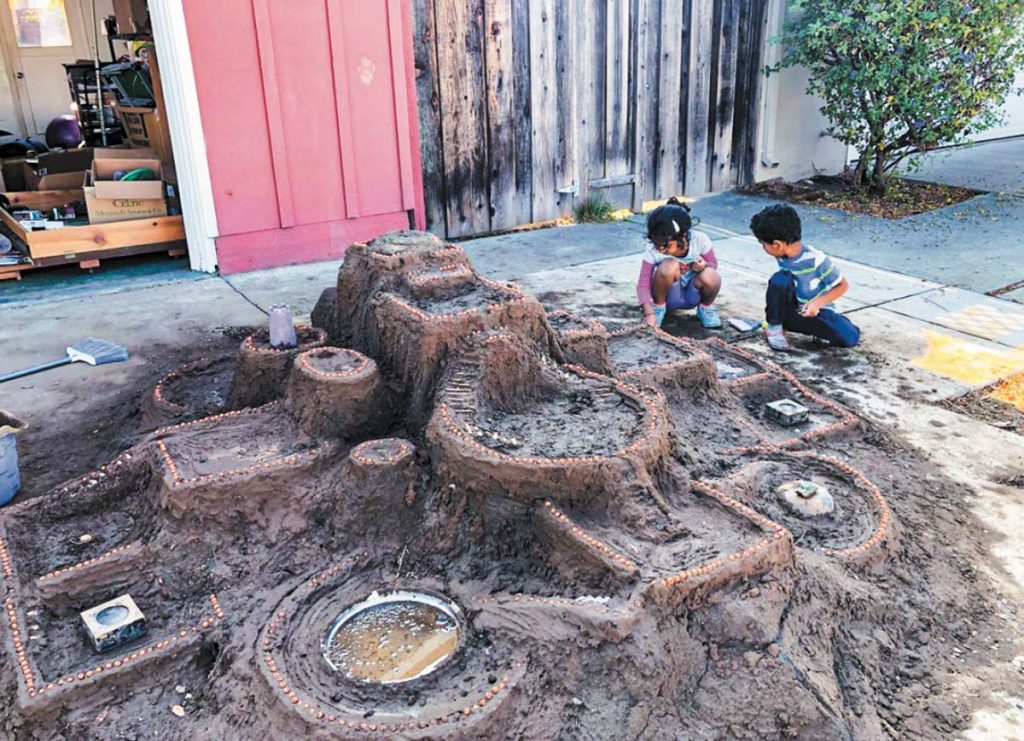
Shivaji turned the tide of approximately 300 years of Islamic rule in the region, and formed a kingdom that Hindus could call their own. In his early teens, it is said, Shivaji Maharaj would construct fort models made of clay or mud so that he and his soldiers could study them and prepare for battle. From this, it is believed that the practice of making forts during Diwali started.
In Maharashtra, the fort-making is usually centered around Shivaji’s famous battles. But, in our fort, we wanted to highlight many significant figures, events and geographical features that positively impacted Hindu civilization. This included people such as Rana Pratap, a heroic king of Mewar, and sage Gargi, a clever female philosopher and judge. It also included places—Nalanda University, Mohenjo Daro and Angkor Wat. My family and I, as well as friends—of which only two are from Maharashtra—have been making mud forts in California for a few years now.
The latest fort we made was pre-Covid, in 2019. That year, before I did anything else, I contacted a group of friends who I thought would be interested in making the fort. We chose to build it in front of my garage and work on it during the weekends.
On the first week that we met, we formed groups and sketched out our ideas on how we thought the fort should look. Usually, people create their fort off of existing forts in India, but we wanted to create our own fictional fort and incorporate different features that we saw on other forts, such as cannons, temples and caves. Once everyone finished, we presented our ideas, and then we merged them into one big fort plan and made a list of all the materials we would need.

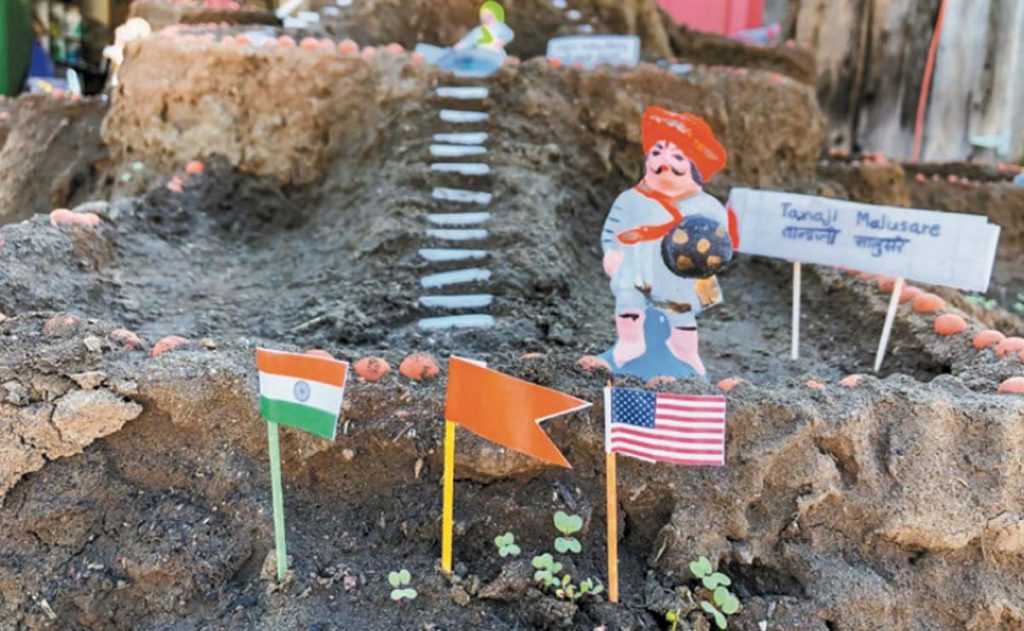
Most homemade forts are a bit smaller than ours, and do not need a structure inside made of bins and bricks, and can be made entirely of mud. But ours was a bit bigger, so by the second week, after we had gathered most of our materials, we began to create a base for our fort made up of rocks, tiles, upside-down bins, bricks and buckets. Once we were satisfied, we draped it with a big, old cloth.
On the third and fourth week, we began to cover the cloth in thick mud using our hands and sprinkled some seeds on the fort that would later sprout, giving it a forest-like look. We had to sprinkle water on the seeds with our hose every other day. At the time, it would occasionally rain, so, to protect the fort, we set up a big canopy on top of the fort.
By the fifth week, the mud started to harden and the seeds had sprouted and turned into a luscious mini-forest. In the sixth week, we added labels for figurines and locations on the fort, along with one big sign in front that summarized the tradition.
Once the fort was complete, each of my friends prepared to narrate a story about a historical character, structure or event present on the fort. For example, one told the story of Tanaji Malusare, Shivaji’s military general, and another told the story of the death of Afzal Khan, an evil general who destroyed Hindu temples and attempted to kill Shivaji. On some days passersby stopped, saw the fort, asked questions, and listened to the stories told by me and my siblings. On other days, 30-40 guests, kids and families gathered.
“This magnificent fort as part of Diwali tradition in US is a fitting tribute to Shivaji Maharaj and his idea of a Hindu swarajya, the concept of Hindu self rule,” said Karan Raskar after he saw the fort.

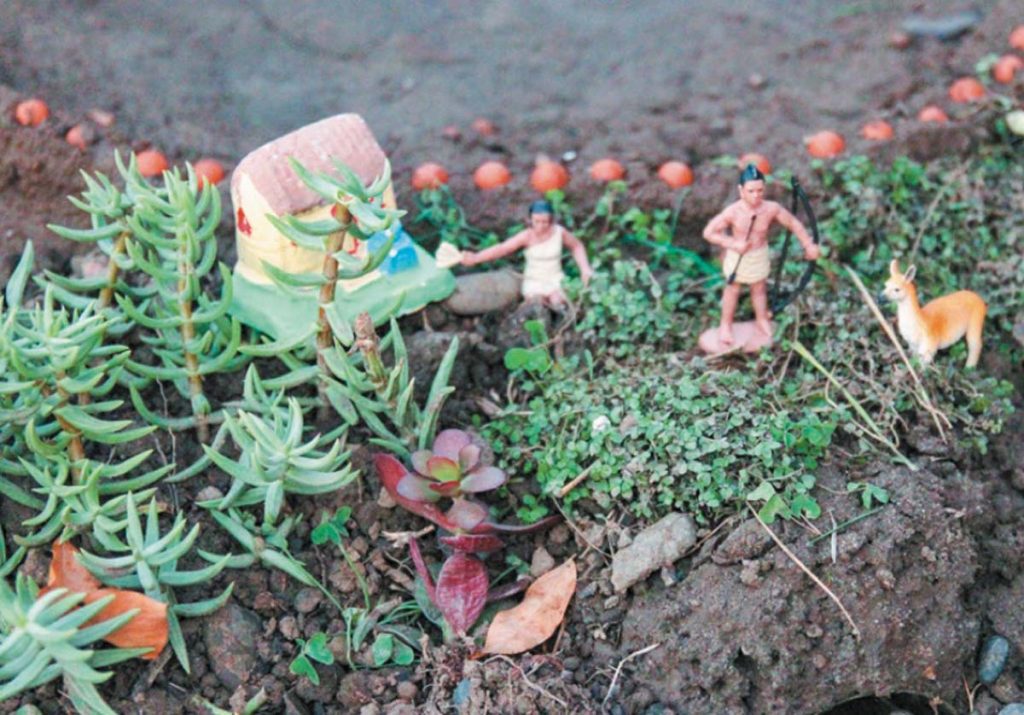
Around this time, my sister Gargi and her entire class were going to walk to the library for a field trip. When my dad heard about this, he suggested to her teacher, that since our house happened to be really close to the school (literally seven houses away), and it was on the way to the library, that they should stop by in front of our house and observe the fort before continuing their trip. Once they arrived, they were very excited and curious. Gargi told the story of Hirkani, a brave mother who scaled a fort for her baby.
Throughout the entire experience of making the fort I learned three key things. The first was teamwork, as I learned about collaboration and listening to others’ ideas. Second was planning and management, because I brainstormed and helped decide the best design for the fort, the best materials, how to get them and what we needed to accomplish week by week. Third, I learned about the stories of numerous historical figures and events, and I learned how to tell a story with thrill and suspense to keep my audience engaged and on their toes.
I was happy to be able to apply my creative skills while celebrating the festival of Diwali, and I was thrilled to be part of the rich tradition that has been flowing through generations and teaching many others about this wonderful tradition. And, of course, I look forward to the upcoming Diwali—and hopefully a bigger fort, Covid-19 willing!
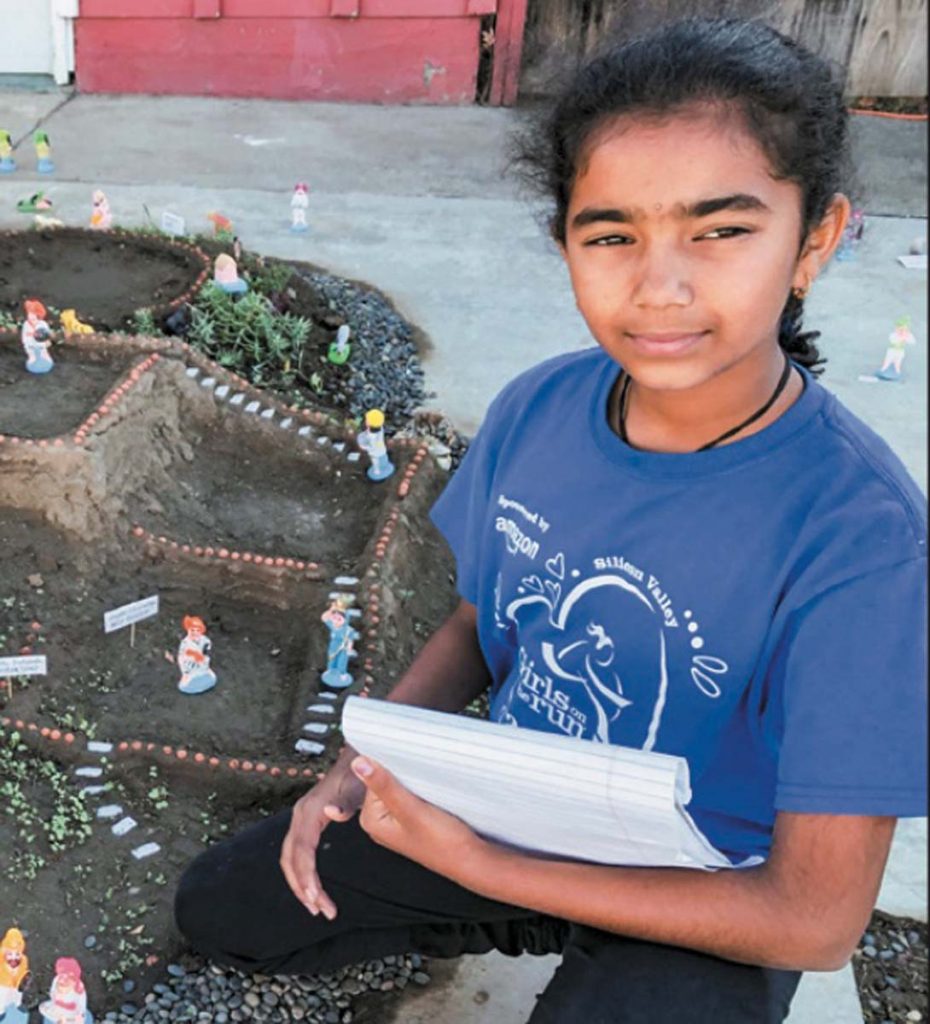
Sanjeevani Dedge was born in Santa Clara, California, and now lives in San Jose. Now an 8th-grade student at Dartmouth Middle School, she enjoys dance, swimming and reading. sanjeevanisdedge@gmail.com
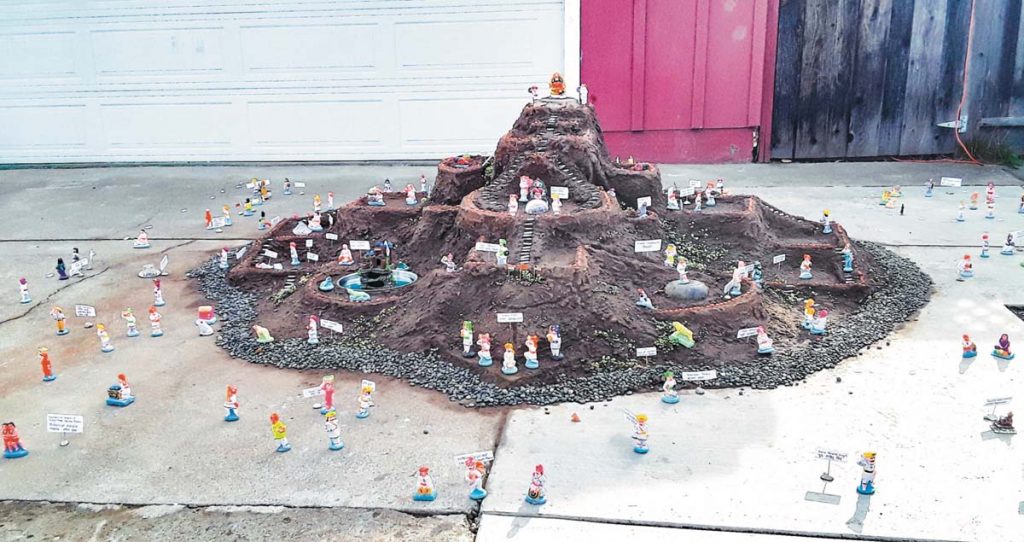
Dear Sanjeevani and team,
This is great initiative. Thanks for sharing beautiful pictures. Keep it up!!!.
Amazing Write up! Well Done Sanjeevani and team. You set a great example for everyone around you.
What a wonderful activity!! How can we get our own fort and figurines?
Potters in Pune and villages around will have mud-clay for very cheap. You’ll need to get them shipped. Clay to make the fort is available for free on craigslist.
Is it possible to share more details about the free clay availability on craigslist? I am trying to search, but did not really find anything substantial.